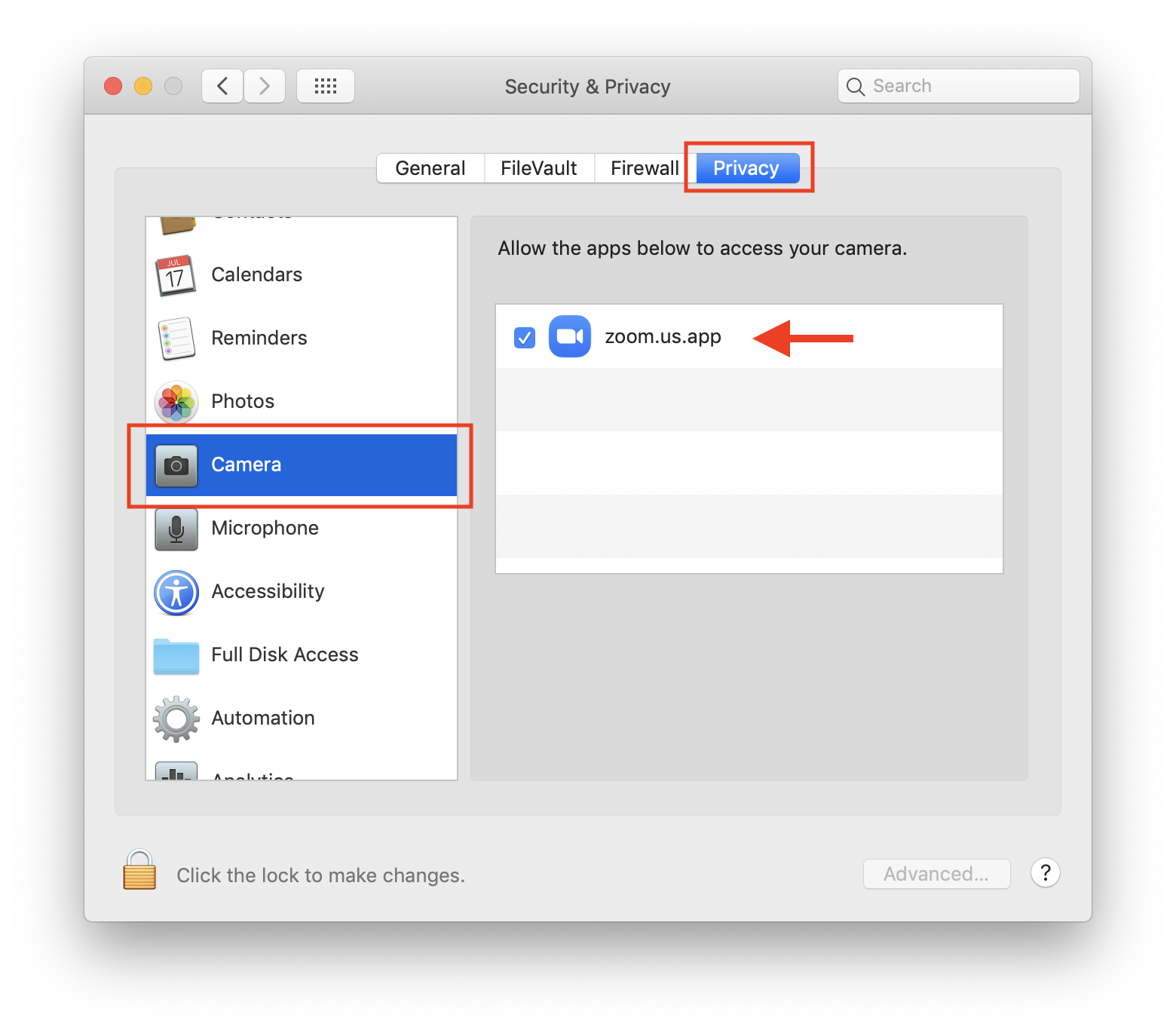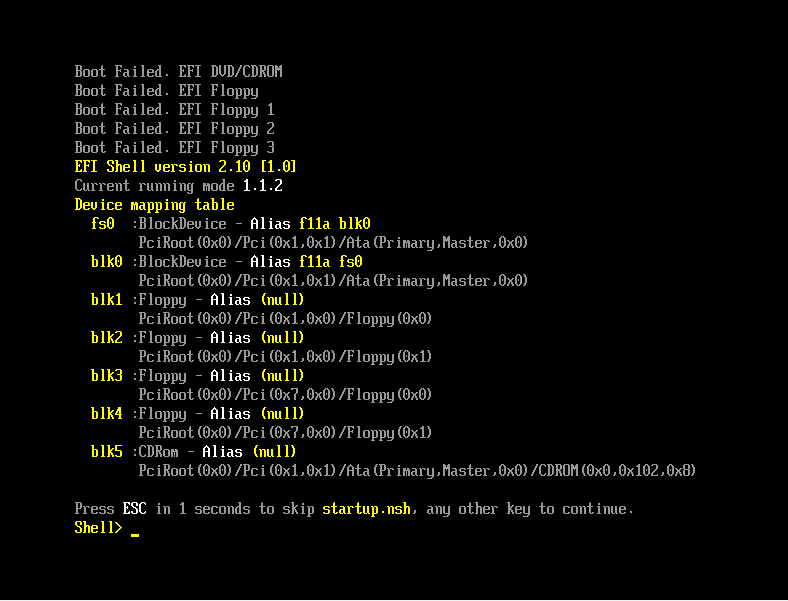Change Defaults Os For Zoom On Mac With Parallels
Subscribe to this site's feed ››
Add to Google Toolbar ››
Submit News ››
Help, Guides, and News on making the Switch To Apple Macintosh Computers
Featured Guides
- Due to increased security and permissions with Mac OS 10.14 Mojave and 10.15 Catalina, you will be prompted to authorize the Zoom Desktop Client and Zoom Rooms to use the microphone, camera, and on Mac OS 10.15 Catalina, screen recording. You will also be prompted to allow the Zoom Desktop Client to allow others to remotely control your desktop.
- Change the zoom level You can increase or decrease the zoom level — both text and images — of pages that you view in Safari on macOS Sierra. Safari will remember your settings until you clear your History.
Parallels Desktop 5 for Mac is shipping, including Aero support in Vista and Windows 7, a new Crystal mode for full Windows/Mac OS integration, OpenGL 2.1 acceleration in Windows and Linux, and more. I have a french keyboard. I try to use Windows 10 via Parallels Desktop under Mac. In Mac, in Chrome we use cmd + = and cmd + - to zoom in and zoom out. It is the same in VS Code. But in Windows, it does not work well: 1) in Chrome, control + - can zoom in, whereas I have not found the shortcut to zoom out. I have a french keyboard. I try to use Windows 10 via Parallels Desktop under Mac. In Mac, in Chrome we use 'cmd + =' and 'cmd + -' to zoom in and zoom out. It is the same in VS Code.
Macintosh Guides
How to Switch
How to Switch
Window Buttons - Close Minimize and Zoom
- guides
Close Button
Some applications will quit when you close the window, some won't. An ideal example to demonstrate this behavior would be a comparison of System Preferences and TextEdit. System Preferences quits when you when you click the close button. TextEdit however will continue to run when the close button is clicked. You can verify this behavior using several different methods in Mac OS X for example, by looking under the application's icon in the Dock or by using Activity Monitor.
As a general rule, document-centric and/or applications that can have multiple windows open at any given time remain open when the window's close button is clicked. Single window applications on the other hand will quit. Additional single window examples include Calculator, Dictionary, and DVD Player to name a few.
Minimize Button
You can minimize a window by clicking on the yellow button. When you do this the window will find it's way to the right side of the Dock and will show up as a very small window. The behavior is controlled by a Dock preference setting under System Preferences choices are 'Genie Effect' (default setting) and 'Scale Effect'. The example below shows the minimize of a Finder window to the Dock using the Genie Effect. Note how it looks in the Dock when fully minimized.
Once a window is minimized to the Dock just click on it to bring back in full view.
Zoom Button

The name 'Zoom' is a bit misleading for the green button because the button not only zooms (or maximizes) but shrinks a window. A click of the zoom button will make a window large enough so that you will be presented a view to show the relevant information for that window. A subsequent click will return the window it's prior size.
The example that follows is of a Finder window. Observe the first and second views closely. Note that second is shown after clicking on the zoom button. You can now see the additional column and sidebar listings.
Try to click on the zoom button in various applications to observe the behavior.
Updates
- March 17, 2009 - content revision, images updates and additions
By: switchtoamac
Recent Guides
- What is Lion?
What is Disk Utility?
What is Boot Camp Assistant?
What is Snow Leopard?
What is Airport Utility?
What is Activity Monitor?
Quickly navigate to the Utilities folder
What are Utilities?
Forward delete on a Mac keyboard
Show or Hide Sidebar items via Preferences
Determine which updates have been installed by Software Update
Disable automatic updates in Software Update
Manually run Software Update on Mac OS X Leopard
Different ways to launch a Mac OS X Application
Expose for Apple keyboards that have volume controls on F9, F10, and F11
What is MobileMe Gallery?
What is iWeb?
Visit the Guides List
Recently Updated
- What is Lion?
- What is Mac OS X?
- MacBook Pro
- MacBook Air
- MacBook
- Choose Your Mac
- The Mac Models
- What are Utilities?
- What is Disk Utility?
- What is Boot Camp Assistant?
- What is Snow Leopard?
- What is Airport Utility?
- What is Activity Monitor?
- Quickly navigate to the Utilities folder
- Expose for Apple keyboards that have volume controls on F9, F10, and F11
- Forward delete on a Mac keyboard
- Show or Hide Sidebar items via Preferences
- Customize the Sidebar - Hide and Show
- Finder and Sidebar - an Ideal Combination
Recent Articles
Apple to offer free OS X Lion upgrade for new Macs via the Mac OS X Lion Up-To-Date program
Forbes: Apple Gets Predatory With Lion OS Pricing
Town of Wellesley Massachusetts - 'Macs Apple of their eye'
WWDC 2011 - Apple's SVP of Product Marketing Phil Schiller, discusses the State of the Mac
WWDC 2011 begins today - Mac OS X Lion, iOS 5 and iCloud unveiling sets the stage for a Unified Apple Platform
Apple CEO Steve Jobs to introduce Apple's next generation software Mac OS X Lion, iOS 5, and iCloud during WWDC Keynote Address on Monday, June 6

Change Defaults Os For Zoom On Mac With Parallels X
Amazon launches a Mac Download Store - software and games for your MacAllThingsD - The Mac is kicking ass
Where in the world are Mac sales growing? Everywhere.
Corporate Mac sales surge 66 percent as Apple makes significant enterprise headway
Parallels Transporter an app that makes it easier to switch from a Windows PC to a Mac
Change Defaults Os For Zoom On Mac With Parallels 7
Change Defaults Os For Zoom On Mac With Parallels Windows 10
RSS Feed · Guides RSS Feed · About · Shop · Privacy Policy · Terms of Use · Best viewed in Safari, Firefox, and Internet Explorer 7 or higher
Copyright © 2011 Switch To A Mac · All rights reserved. · All trademarks and copyrights remain the property of their respective owners.
